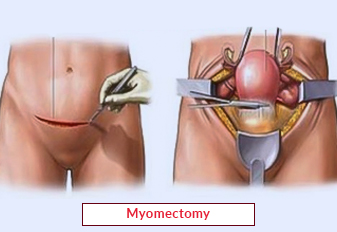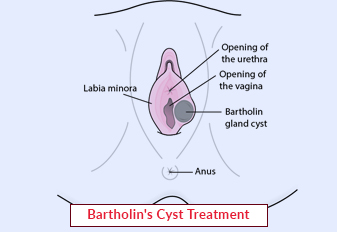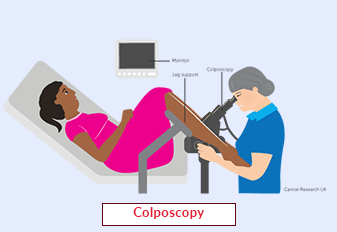Myomectomy

Myomectomy is a surgical procedure performed to remove uterine fibroids while preserving the uterus. Uterine fibroids are noncancerous growths that develop within the muscular wall of the uterus. They can cause a range of symptoms, including pelvic pain, heavy menstrual bleeding, and fertility issues. Myomectomy is an effective treatment option for women who wish to alleviate symptoms, preserve their fertility, or avoid a hysterectomy. In this article, we will explore the concept of Myomectomy, its significance in women's health, and the different approaches used to perform the procedure.
Book an AppointmentAbout Myomectomy
Myomectomy is a surgical intervention that involves the removal of uterine fibroids while leaving the uterus intact. The procedure can be performed through various techniques, including laparotomy (open surgery), laparoscopy (minimally invasive surgery), or hysteroscopy (using a thin tube inserted through the cervix). The choice of technique depends on factors such as the size, number, and location of the fibroids, as well as the individual patient's medical history and surgeon's expertise.
Procedure of Myomectomy
-
Preoperative Preparation: Before the procedure, the patient will undergo a thorough evaluation, including a physical examination and imaging tests such as ultrasound or MRI. These tests help determine the size, location, and number of fibroids and aid in surgical planning. The patient may also be advised to refrain from eating or drinking for a specific period before the surgery.
-
Anaesthesia: Myomectomy is typically performed under general anaesthesia, ensuring the patient remains asleep and pain-free during the procedure.
-
Incision and Fibroid Removal: The surgical approach may vary depending on the size, number, and location of the fibroids. In laparoscopic or robotic-assisted laparoscopic Myomectomy, small incisions are made, and specialised instruments are used to remove the fibroids. In open surgery (laparotomy), a larger incision is made in the abdomen to access the uterus and remove the fibroids. Hysteroscopic Myomectomy involves the insertion of a thin tube through the cervix to remove fibroids that are located inside the uterine cavity.
-
Uterine Repair: After the fibroids are removed, the surgeon carefully repairs the uterine wall to promote healing and minimise the risk of complications. This may involve suturing the incisions or using other techniques to ensure proper closure.
-
Postoperative Recovery: After Myomectomy, the patient will be closely monitored in a recovery area. Pain medication may be prescribed to manage any discomfort. The length of hospital stay varies depending on the surgical approach and individual patient's recovery progress. Recovery time can range from a few days to several weeks, and it is important to follow the surgeon's postoperative instructions for optimal healing.
Require Assistance?
Get A Quick Callback From Our Healthcare Experts






